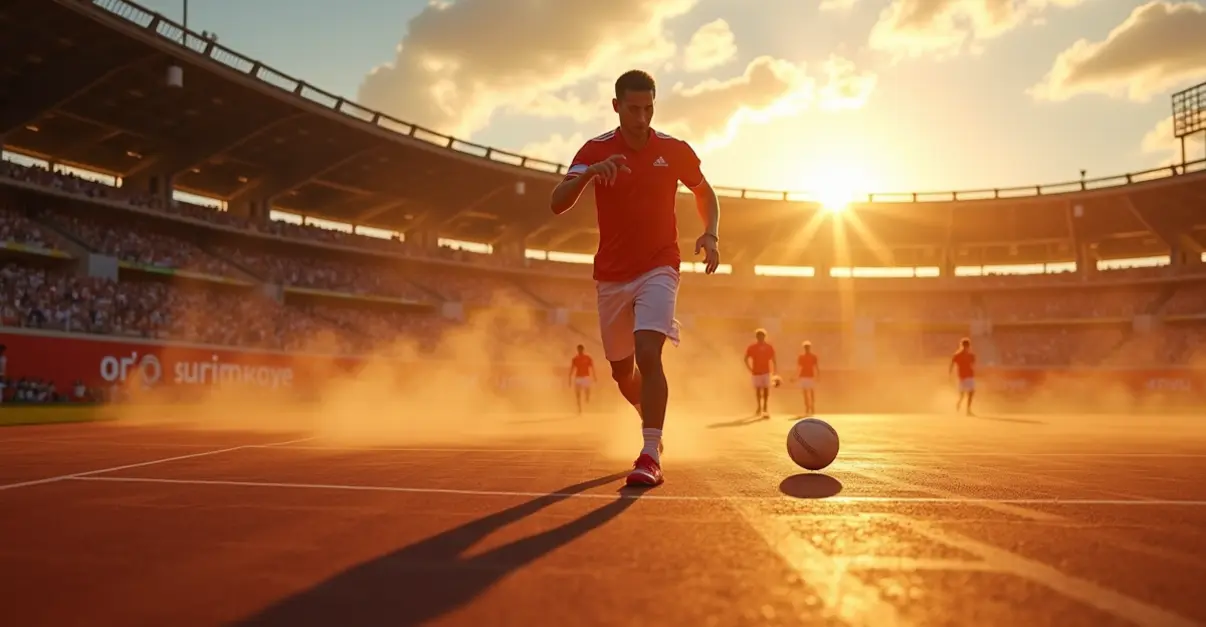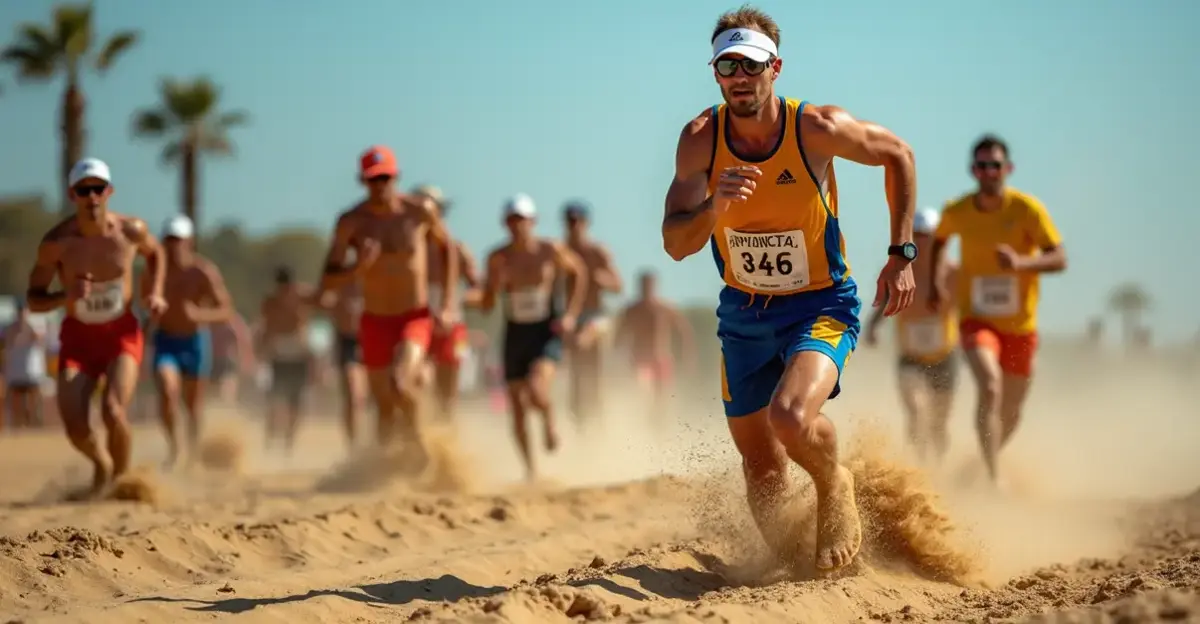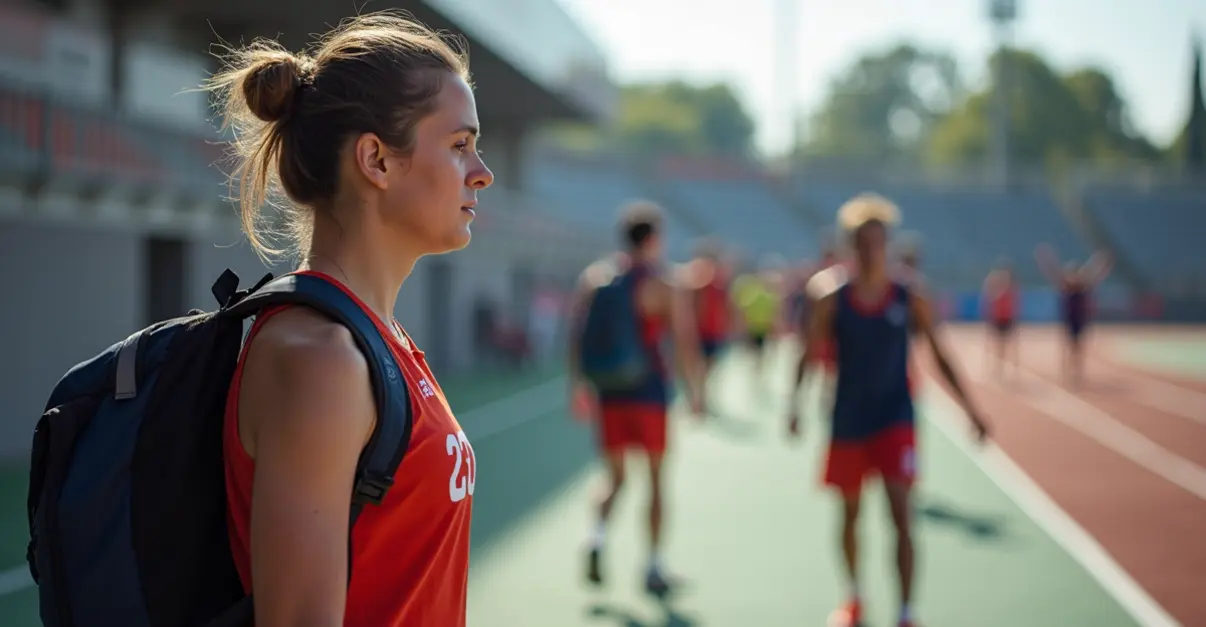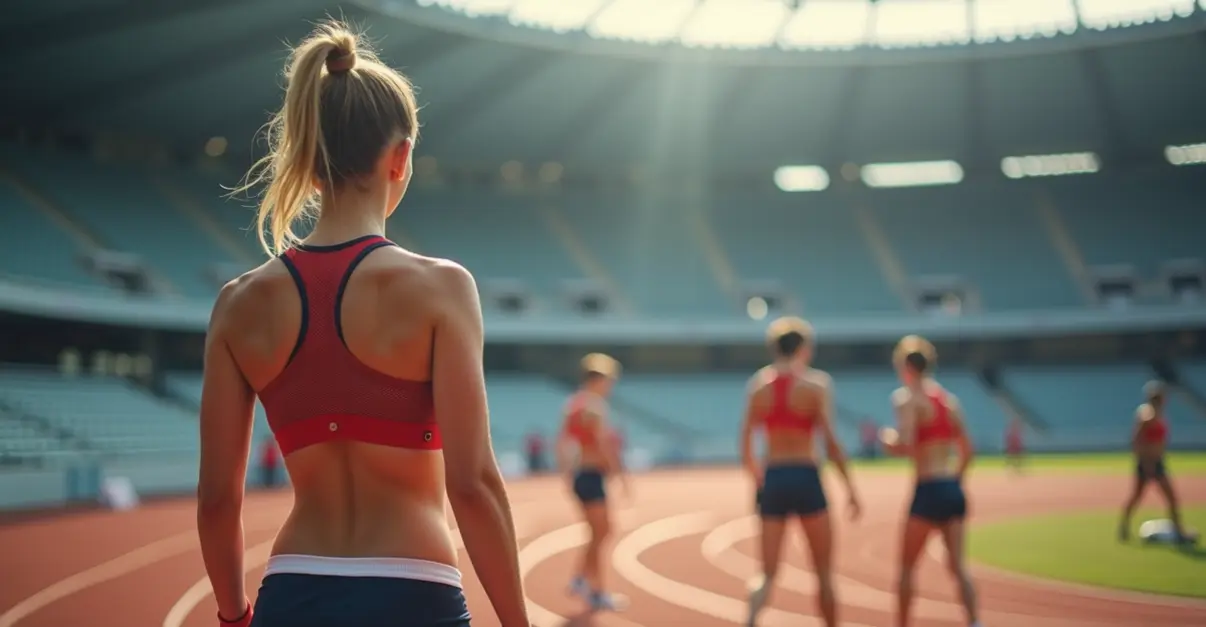Major sports events implement new heat safety rules featuring WBGT monitoring, mandatory cooling zones, enhanced medical support, and activity modifications to protect athletes from heat-related illnesses during competitions.

Major Sports Events Implement Comprehensive Heat Safety Protocols
In response to increasing global temperatures and growing concerns about athlete safety, major international sports organizations have implemented sweeping new heat safety regulations for 2025 competitions. These comprehensive protocols focus on hydration management, cooling zones, and enhanced medical support to protect athletes competing in extreme heat conditions.
Advanced Environmental Monitoring Systems
The new regulations mandate the use of Wet Bulb Globe Temperature (WBGT) monitoring systems at all outdoor events. Unlike traditional temperature readings, WBGT accounts for multiple environmental factors including air temperature, humidity, radiant heat, and air movement. 'The WBGT system provides a much more accurate assessment of heat stress on athletes than simple temperature readings,' explains Dr. Sarah Chen, a sports medicine specialist with the International Olympic Committee. 'This allows us to implement protective measures before conditions become dangerous.'
Event organizers must conduct WBGT readings within 15 minutes before competitions and every 30 minutes during events. When readings reach specific thresholds—79.7°F (Class 2) or 82°F (Class 3)—mandatory cooling zones with full-body ice water immersion equipment must be activated immediately.
Strategic Hydration and Cooling Zones
The new protocols establish strategically placed hydration stations and cooling zones throughout competition venues. These areas feature shaded structures, misting systems, and ice baths designed to help athletes regulate their core body temperature. 'We've learned from past incidents that rapid cooling is essential for preventing heat-related illnesses,' says Dr. Michael Rodriguez, medical director for several international sporting federations. 'The cooling zones are positioned at key locations where athletes can access them without disrupting competition flow.'
Athletes now have unlimited access to hydration fluids, with specific guidelines for electrolyte replacement based on activity intensity and duration. Medical teams monitor hydration status and can mandate breaks for athletes showing signs of dehydration.
Enhanced Medical Support Protocols
The updated medical protocols include dedicated heat emergency response teams equipped with specialized cooling equipment and trained in rapid intervention techniques. These teams operate from designated "heat decks" positioned throughout competition venues, ready to respond immediately to heat-related emergencies.
'The key innovation is having medical personnel specifically trained in heat illness management stationed directly at competition sites,' notes Dr. Elena Petrov, a sports physician with extensive experience in hot-weather competitions. 'This reduces response time from minutes to seconds, which can be life-saving in cases of exertional heat stroke.'
Medical protocols now require immediate on-site cooling for athletes suspected of heat stroke before transportation to medical facilities. This represents a significant shift from previous practices where cooling often began during transport.
Event Scheduling and Activity Modifications
Organizers now have authority to modify event schedules and competition formats based on real-time environmental conditions. This includes adjusting start times to avoid peak heat hours, implementing additional timeouts, and modifying work-to-rest ratios during competitions.
'We're seeing a fundamental change in how sports organizations approach heat safety,' observes James Wilson, director of athlete safety for a major international sports federation. 'Instead of pushing through dangerous conditions, we're now prioritizing athlete health through intelligent scheduling and activity modifications.'
The new regulations also address athlete preparation, requiring heat acclimation protocols for competitors arriving from cooler climates. Teams must submit acclimation plans demonstrating how athletes will gradually adapt to hot conditions before competition.
Implementation and Compliance
International sports federations are implementing color-coded risk communication systems to clearly indicate environmental danger levels to athletes, coaches, and officials. Green indicates safe conditions, yellow requires caution, orange mandates additional precautions, and red triggers immediate safety interventions.
'The success of these measures depends on consistent implementation across all levels of competition,' emphasizes Dr. Chen. 'We're working with national federations to ensure these protocols become standard practice, not just for elite events but for all levels of sport.'
The comprehensive approach represents a significant advancement in athlete protection, combining scientific monitoring with practical interventions to address the growing challenge of heat stress in sports. As climate change continues to affect global weather patterns, these protocols may become increasingly essential for safe athletic competition worldwide.

 Nederlands
Nederlands
 English
English
 Deutsch
Deutsch
 Français
Français
 Español
Español
 Português
Português









